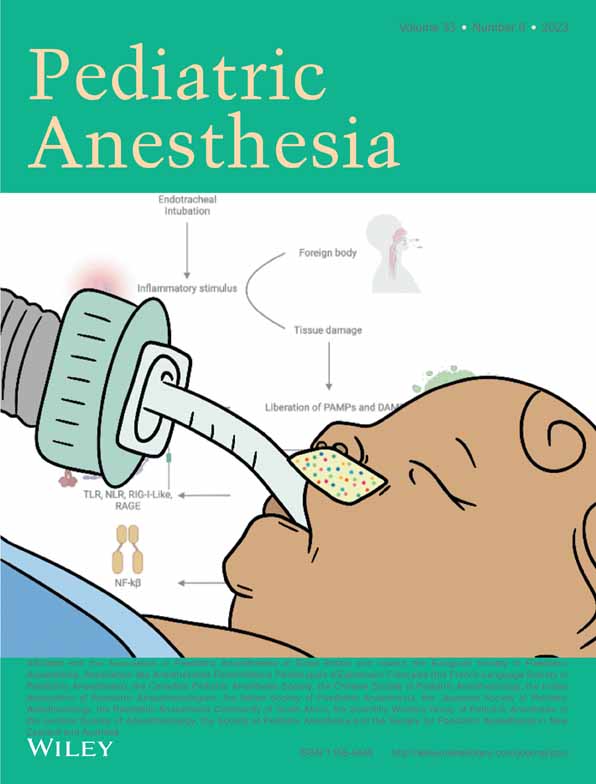Diversity, equity, and inclusion within the Society for Pediatric Anesthesia: A mixed methods assessment
Section Editor: Dean Kurth
Abstract
Background
Leadership of the Society for Pediatric Anesthesia created the Diversity, Equity, and Inclusion committee in 2018 to prioritize diversity work. The Society for Pediatric Anesthesia-Diversity, Equity, and Inclusion committee implemented a baseline survey of the Society for Pediatric Anesthesia membership in 2020 to assess demographics, equity in leadership, inclusivity, and attitudes toward diversity work. The Society for Pediatric Anesthesia plays a significant role in shaping the future of pediatric anesthesiology and in supporting our diverse pediatric patients.
Methods
This study is an IRB-exempt, cross-sectional survey of the Society for Pediatric Anesthesia membership. Quantitative analysis provided descriptive statistics of demographics, practice characteristics, and involvement within the Society for Pediatric Anesthesia. Qualitative thematic analysis provided an in-depth assessment of perceptions of diversity, challenges faced, and prioritization of Diversity, Equity, and Inclusion efforts within the Society for Pediatric Anesthesia.
Results
Out of 3 242 Society for Pediatric Anesthesia members, 1 232 completed the survey representing 38% of overall membership. Respondents were 89.2% United States members, 52.7% female, 55.7% non-Hispanic White, 88.6% heterosexual, 95.7% non-military, 59.2% religious, and 2.1% have an Americans with Disabilities Act recognized disability. All major United States geographical areas were represented equally with 71% practicing in urban areas and 67% in academic settings. Ethnic/racial minorities were more likely to be international medical graduates (p < .001). Among United States members, 41.5% report being fluent in a language other than English, and 23.5% of those fluent in another language are certified to interpret. Compared to men, women are less likely to be in leadership roles (p < .003), but we found no difference in participation and leadership when stratified by race/ethnicity, geography, international medical graduate status, or sexuality. Racial/ethnic minorities (p < .028), women (p < .001), and lesbian, gay, bisexual, transgender, and queer members (p < .044) more frequently hold lower academic rank positions when compared to white, heterosexual, and male members. Half of respondents were unsure whether diversity, equity, and inclusion challenges existed within the Society for Pediatric Anesthesia while the other half demonstrated opposing views. Among those who reported diversity, equity, and inclusion challenges, the themes centered around persistent marginalization, the need for more inclusive policies and increased psychological safety, and lack of leadership diversity.
Conclusions
Compared to the diversity of the pediatric population we serve, there are still significant gaps in demographic representation within the Society for Pediatric Anesthesia. As well, there is no consensus among Society for Pediatric Anesthesia membership regarding perceptions of diversity, equity, and inclusion in pediatric anesthesia in the United States. Among those who reported diversity challenges, opportunities for the Society for Pediatric Anesthesia and Anesthesiology Departments to better support minoritized members included bolstering workforce diversity efforts and awareness via more inclusive policies, improved psychological safety, and increasing diversity in leadership. If pediatric anesthesiology is like other specialties, gaining consensus and improving diversity in the workforce might advance pediatric anesthesia innovation, quality, and safety for children of all backgrounds in the United States.
PODCAST
Open Research
DATA AVAILABILITY STATEMENT
The data that support the findings of this study are available from the corresponding author upon reasonable request.




